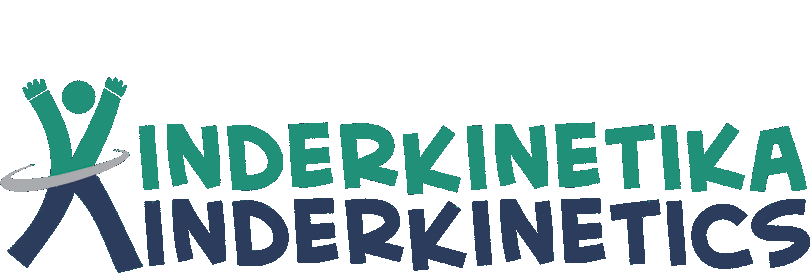CONSULTATIONS
Finding the Right Plan for You
I'm a paragraph. Click here to add your own text and edit me. It’s easy. Just click “Edit Text” or double click me to add your own content and make changes to the font.
CONSULTATIONS
Finding the Right Plan for You
I'm a paragraph. Click here to add your own text and edit me. It’s easy. Just click “Edit Text” or double click me to add your own content and make changes to the font.

What
Is
Kinderkinetics?
Kinderkinetics is an exciting specialized paediatric field that focuses on increasing the total well-being of typical and atypical developing children between 0 to 13 years of age. This is done by developing, stimulating, promoting and rectifying age specific neuro-motor, sensory-motor and physical skills.
The profession of Kinderkinetics as a degree is currently presented by various Universities throughout South Africa, and are registered at SAQA (The South African Qualifications Association).
As a Paediatric Exercise Science (and very similar to Paediatric Physical Therapy), it is studied intensively over a 4 year period to thoroughly understand a child's progressive development from a neuro-sensory-motor point of view.



All programs presented by Kwanda Kinetics are based on scientific and well-researched motor learning principles. The programs are also developed according to the various levels of age, skill and needs of a child.
These specialized programs are delivered by highly trained health care practitioners called Kinderkineticists. All Kinderkineticists working at Kwanda Kinetics are registered at the South African Professional Institute for Kinderkinetics (also called SAPIK).
At Kwanda Kinetics we think outside the box to offer revolutionary programs that works! As a child development and therapy centre, we currently offer various programs and services, either in-house or online, that are largely based on the principles of Kinderkinetics.

Why Is
Movement Important?
TESTIMONIALS
Principals, Teachers
Parents & Professionals
Recommend
Bleu Reardon,
Parent at preschool
Thank you for taking an interest in my children, you really are a blessing. Keep sending the great articles and recommendations for parents to participate in practical activities with their kids.
Casha Meintjes,
Behavioural Optometrist
Eyetek has received many excellent referrals from Kwanda Kinetics, who identify children with poor visual skills at schools. They play an important role in the health care system, and ensure normal and efficient motor development in children.
Mandy Vorwerg,
Owner and principal
We did a survey at our school. We always knew it, but the survey just served as evidence - our parents love you guys at our school! Well done!
Based On Research, Movement Is Connected To:
MORE BRAIN
CONNECTIONS
INCREASED
OXYGEN
SUPPLY
INCREASED
OXYGEN
SUPPLY
INCREASED
OXYGEN
SUPPLY
IMPROVED
MOTOR
COORDINATION
IMPROVED
STRENGTH &
MUSCLE TONE
IMPROVED
POSTURE
AND
EYE-MUSCLE
CONTROL
IMPROVED
MOOD &
SELF-ESTEEM
INCREASED
CONCENTRATION
SENSORY
STIMULATION
REFLEX
INTEGRATION
MORE BRAIN
CONNECTIONS
INCREASED
OXYGEN
SUPPLY
INCREASED
COGNITIVE PERFORMANCE
IMPROVED
SLEEP
IMPROVED
MUSCLE TONE
IMPROVED
SPEECH
INCREASED
PHYSICAL
HEALTH
AND
ENERGY
INCREASED
MENTAL HEALTH
REDUCED
ANXIETY
REDUCED
OBESITY
REDUCED
DEPRESSION
REDUCED
DIABETES
REDUCED RISK
FOR CANCER
REMOTE ESCAPES

Who Will Benefit From Our Services And Programs?
Parents, Principals, Teachers And Professionals
Who Work With Children On A Daily Basis,
Will Truly Benefit And Be Equipped.
Ultimately, Children Is Our Highest Priority
And Therefore They Will Be The Ones
Who Will Benefit The Most!
Neurotypical Developing Children
With The Focus On:
Reaching Milestones
Sensory Stimulation
Neuro-motor & Perceptual Development
School Readiness
Staying Active
Sports Development
Physical Fitness
Health And Wellness
ADHD - Hyperactivity or Inattention
DCD - Dyspraxia
ASD - Autism
APD - Auditory Processing Disorder
SPD - Sensory Processing Disorder
VPD - Visual Perceptual Disorder
VMDD - Visual Motor Deficit Disorder
Dyslexia, Dyscalculia, Dyspraxia
Low Muscle Tone


